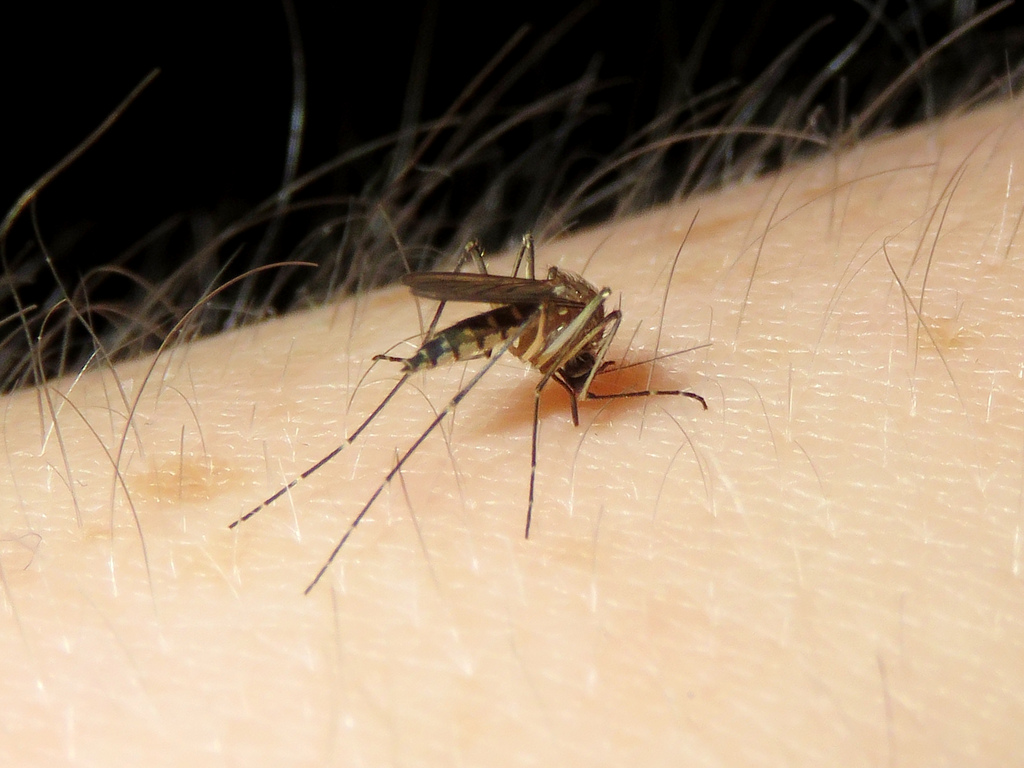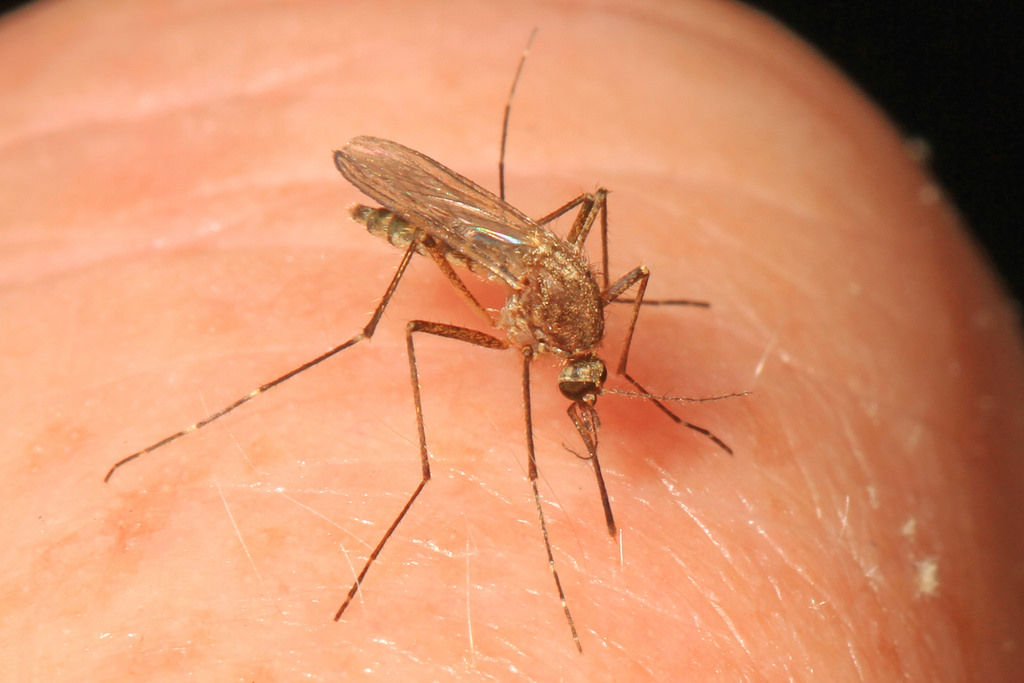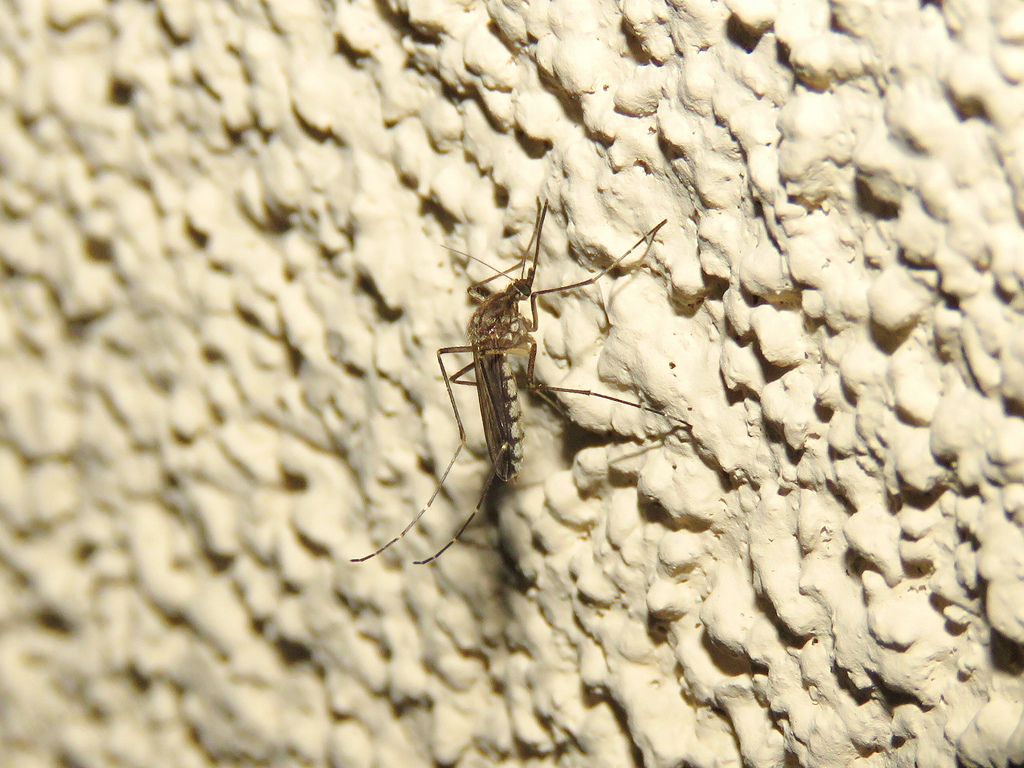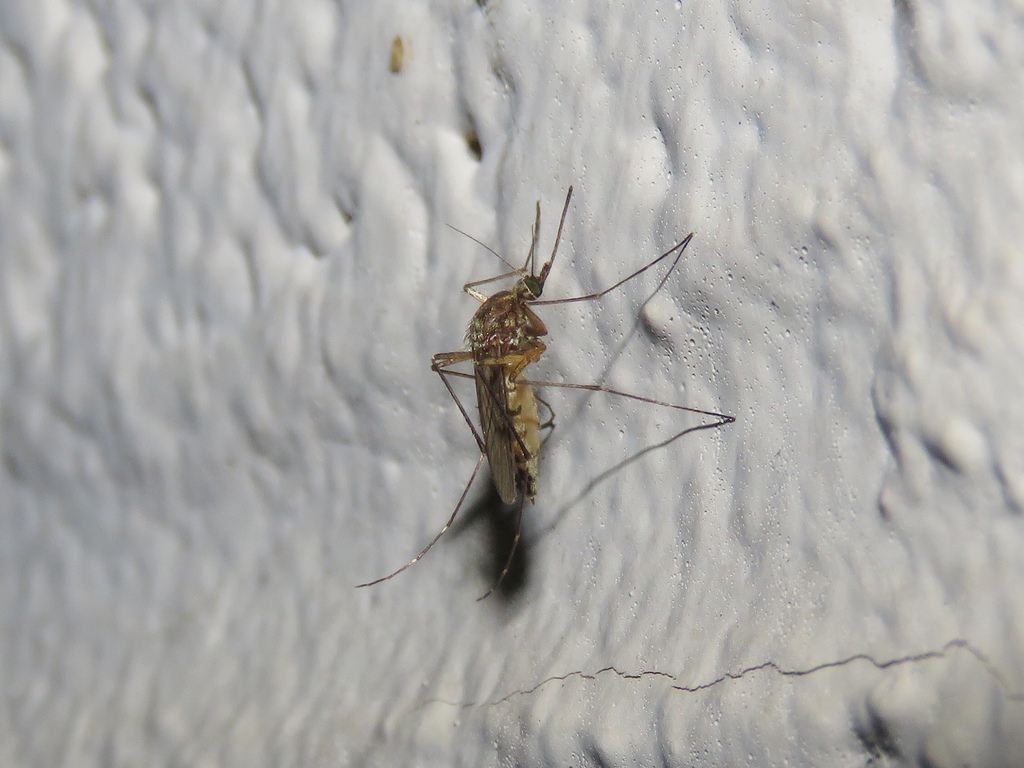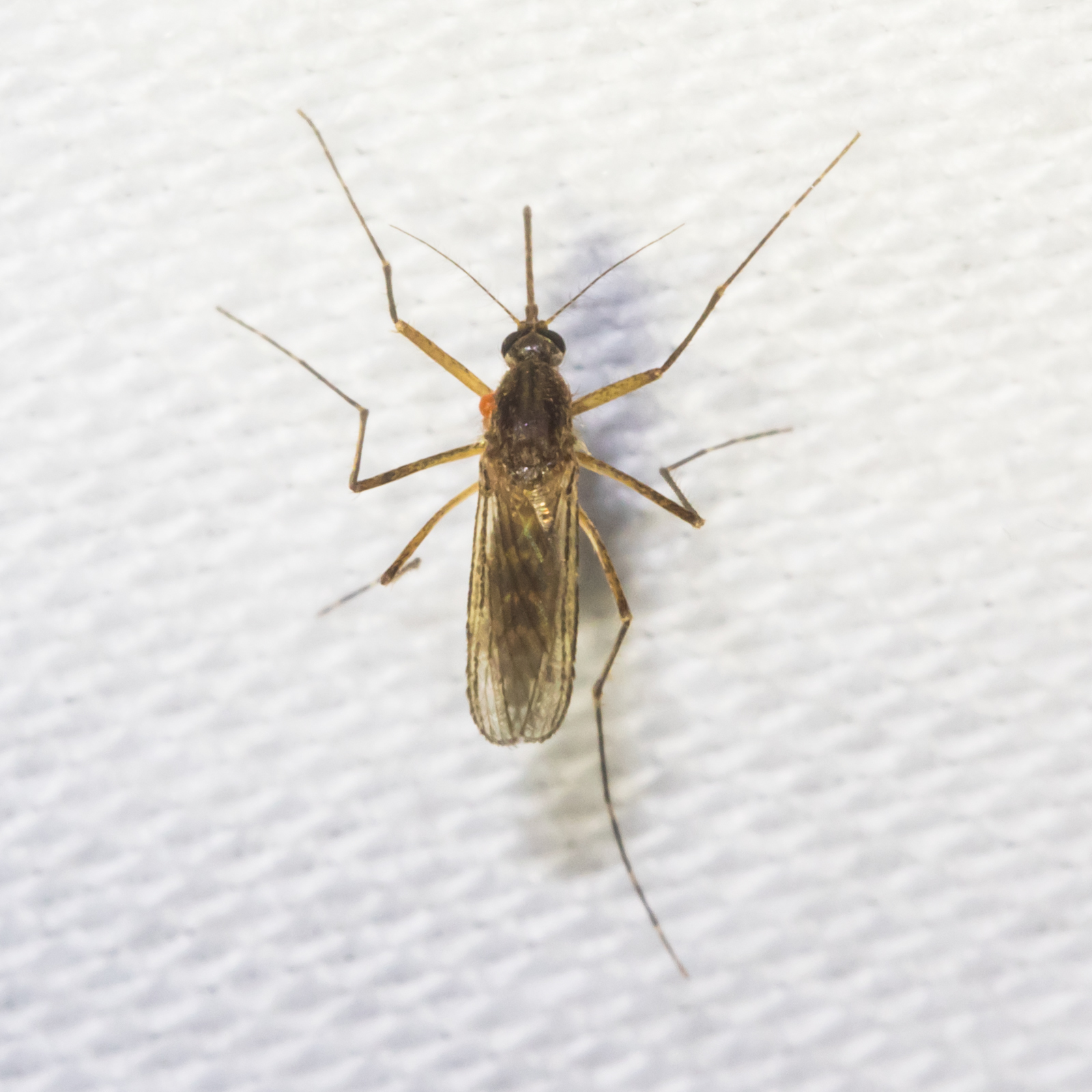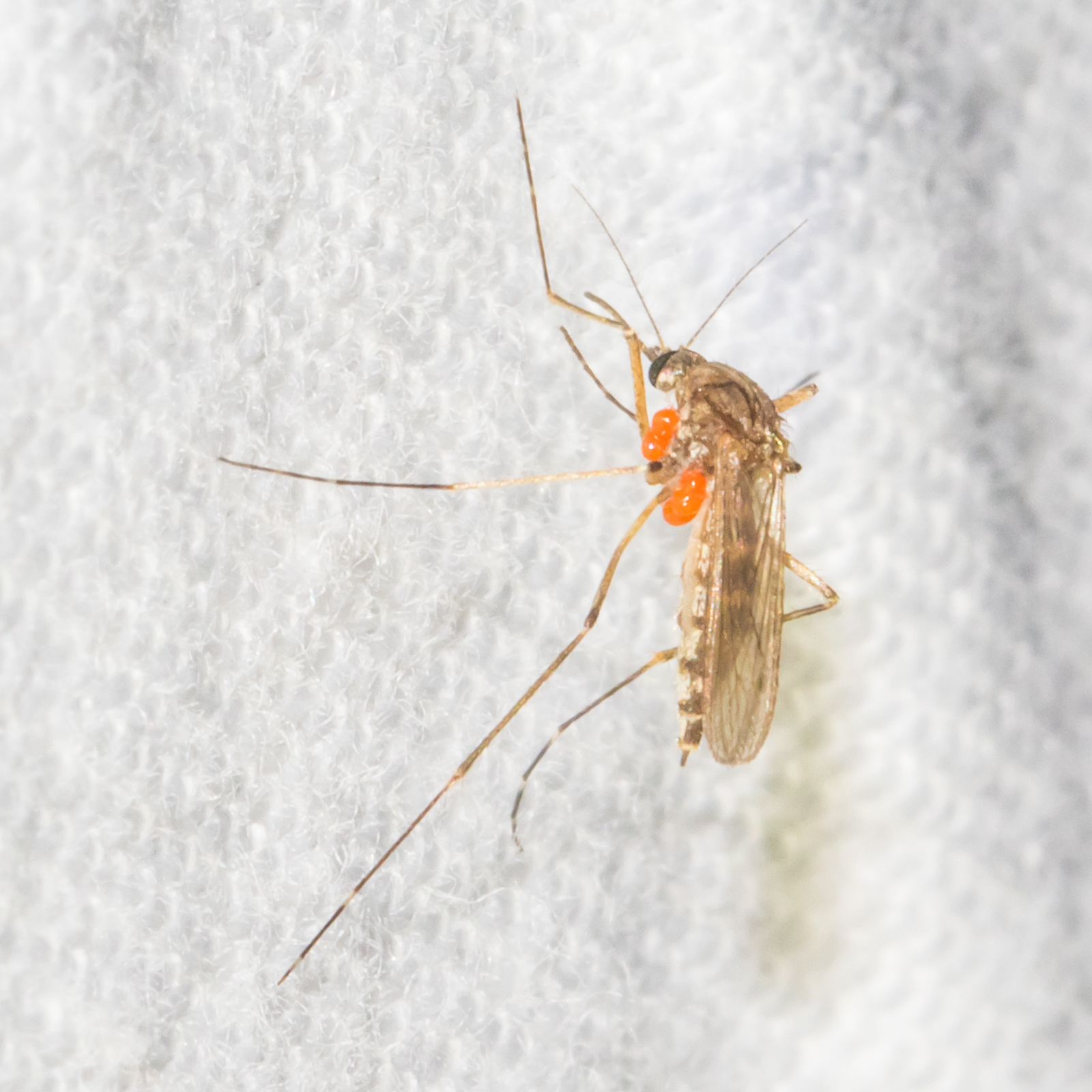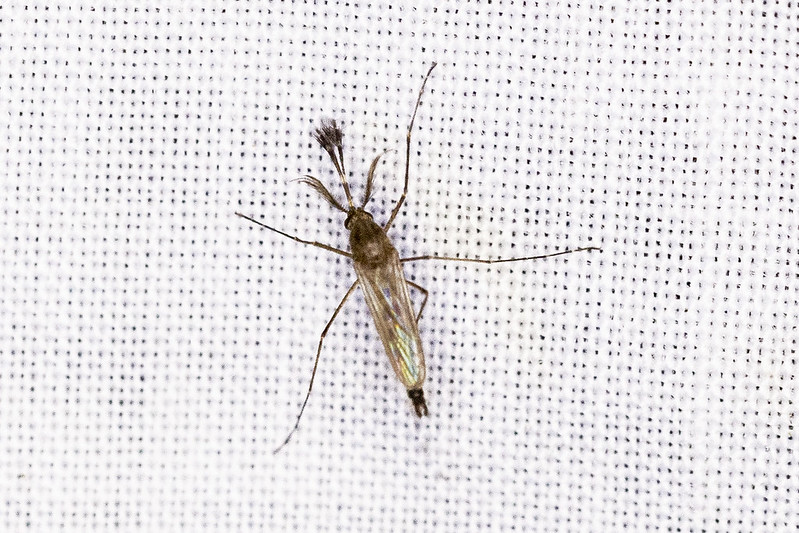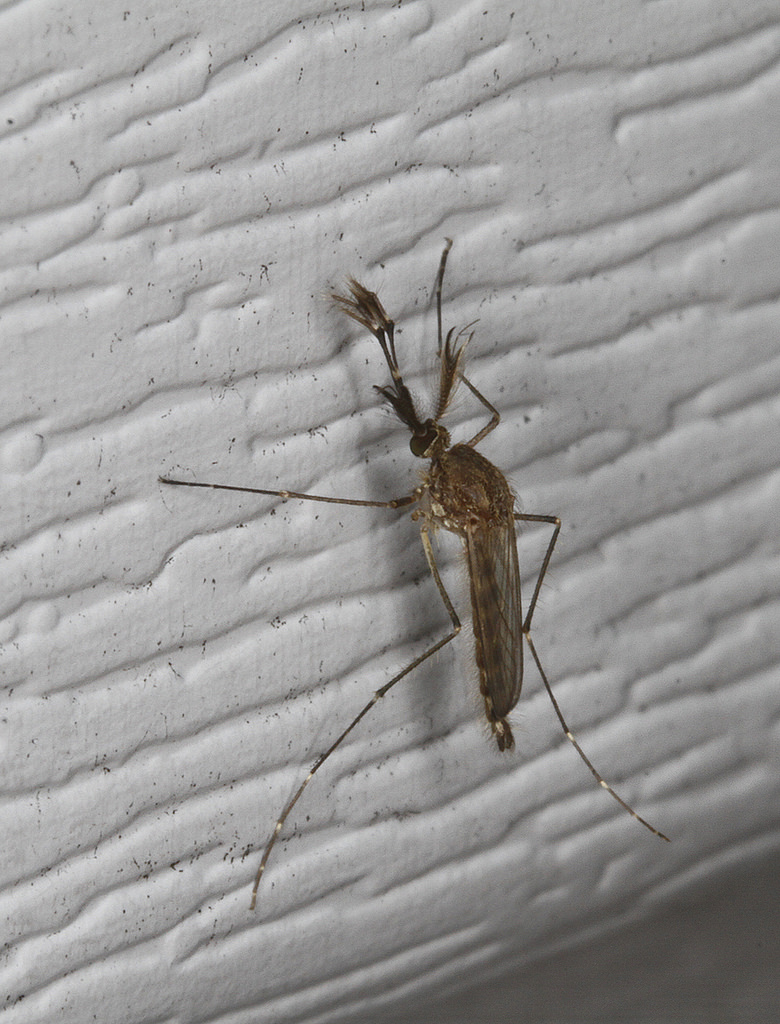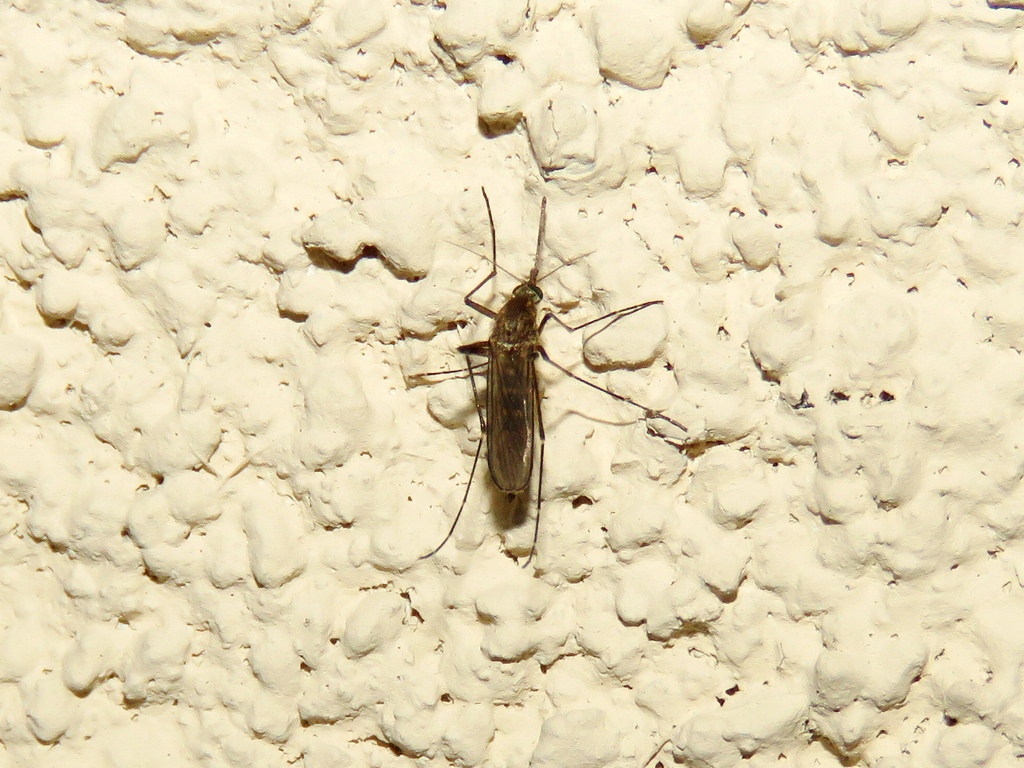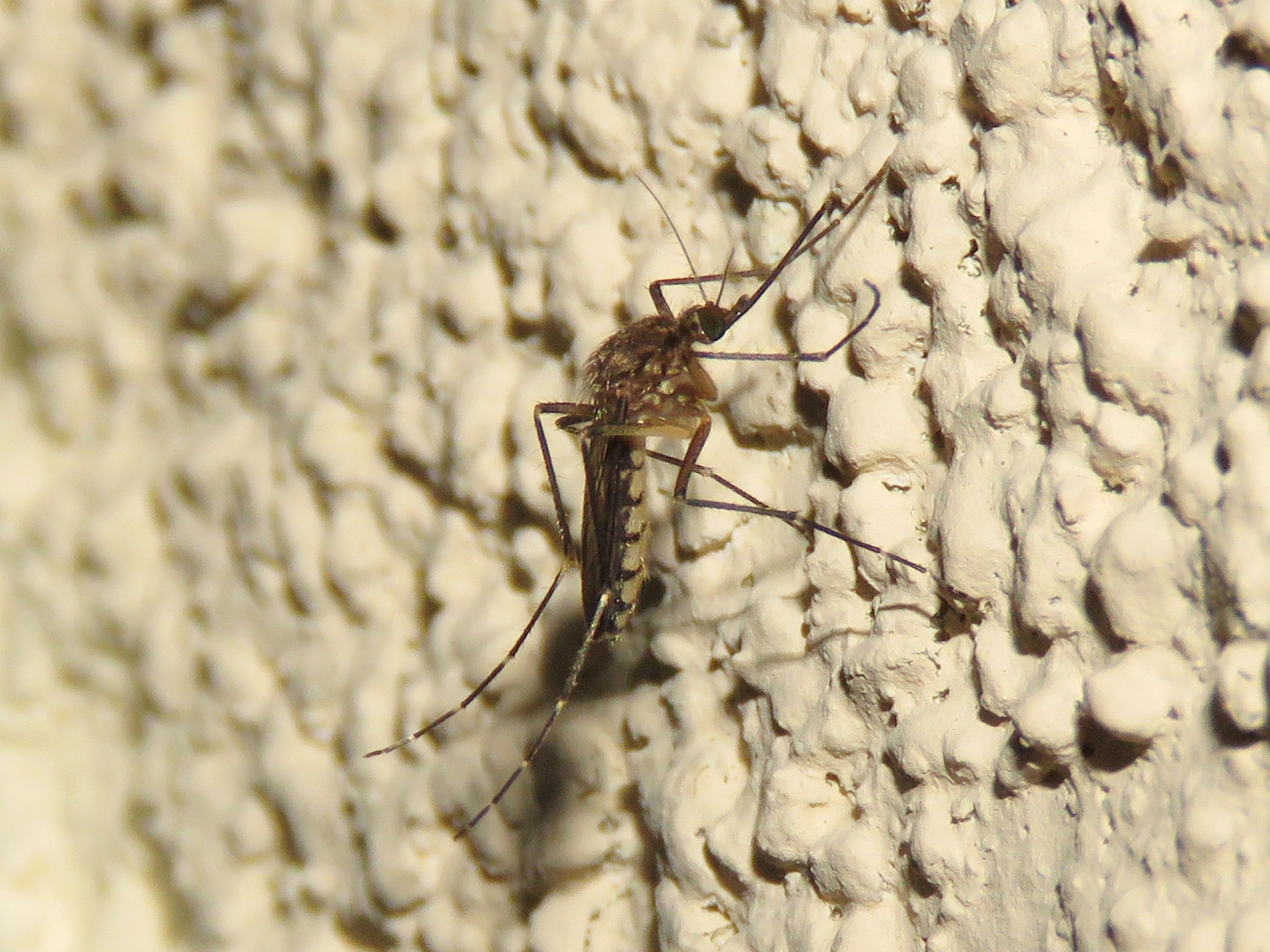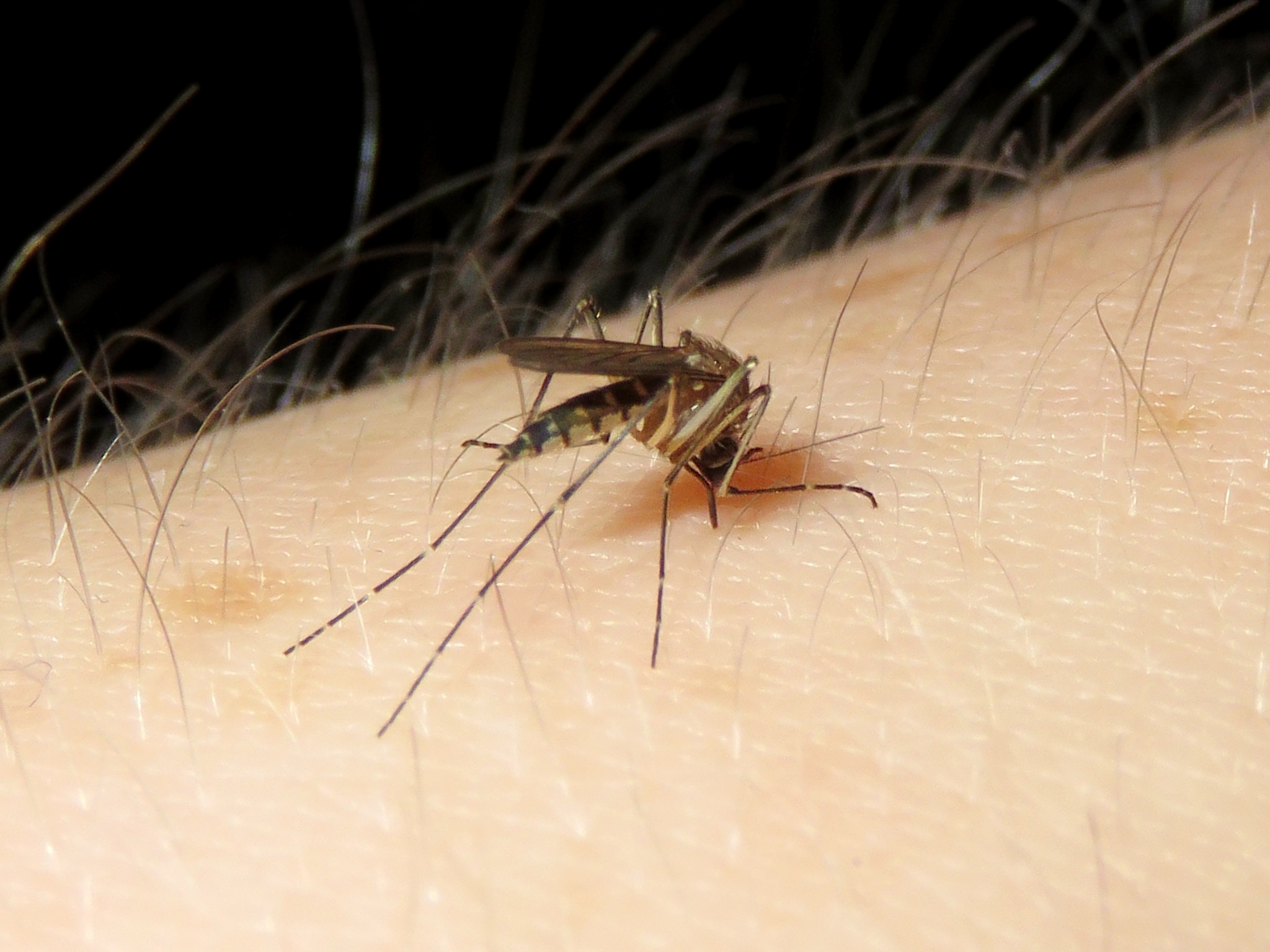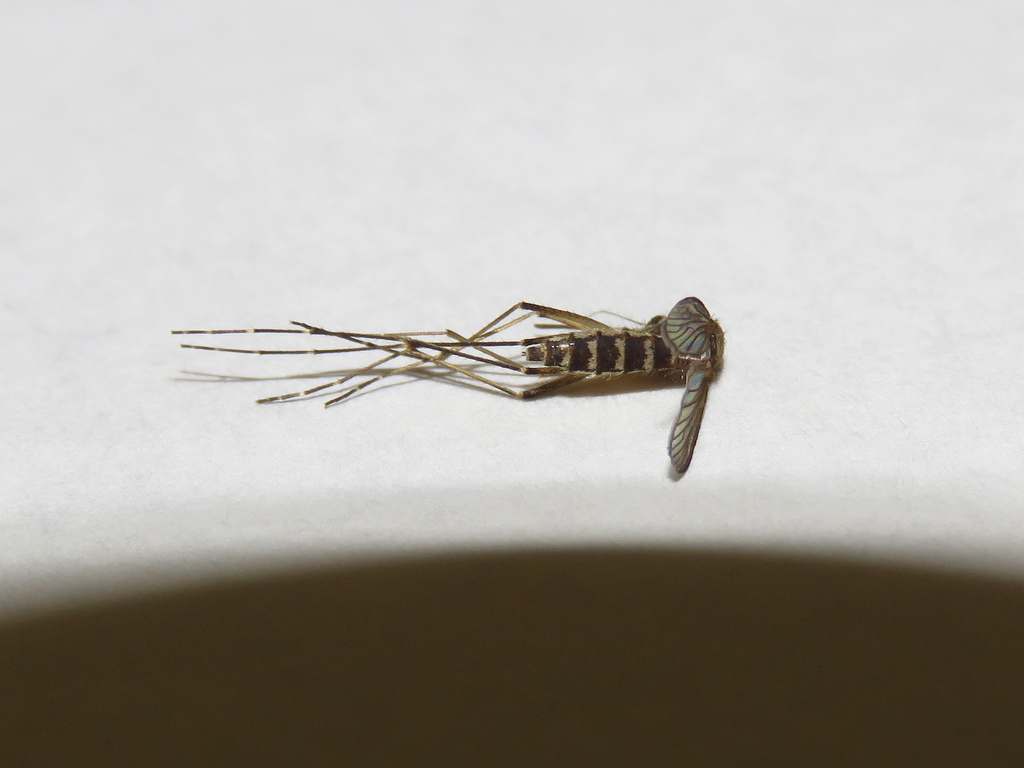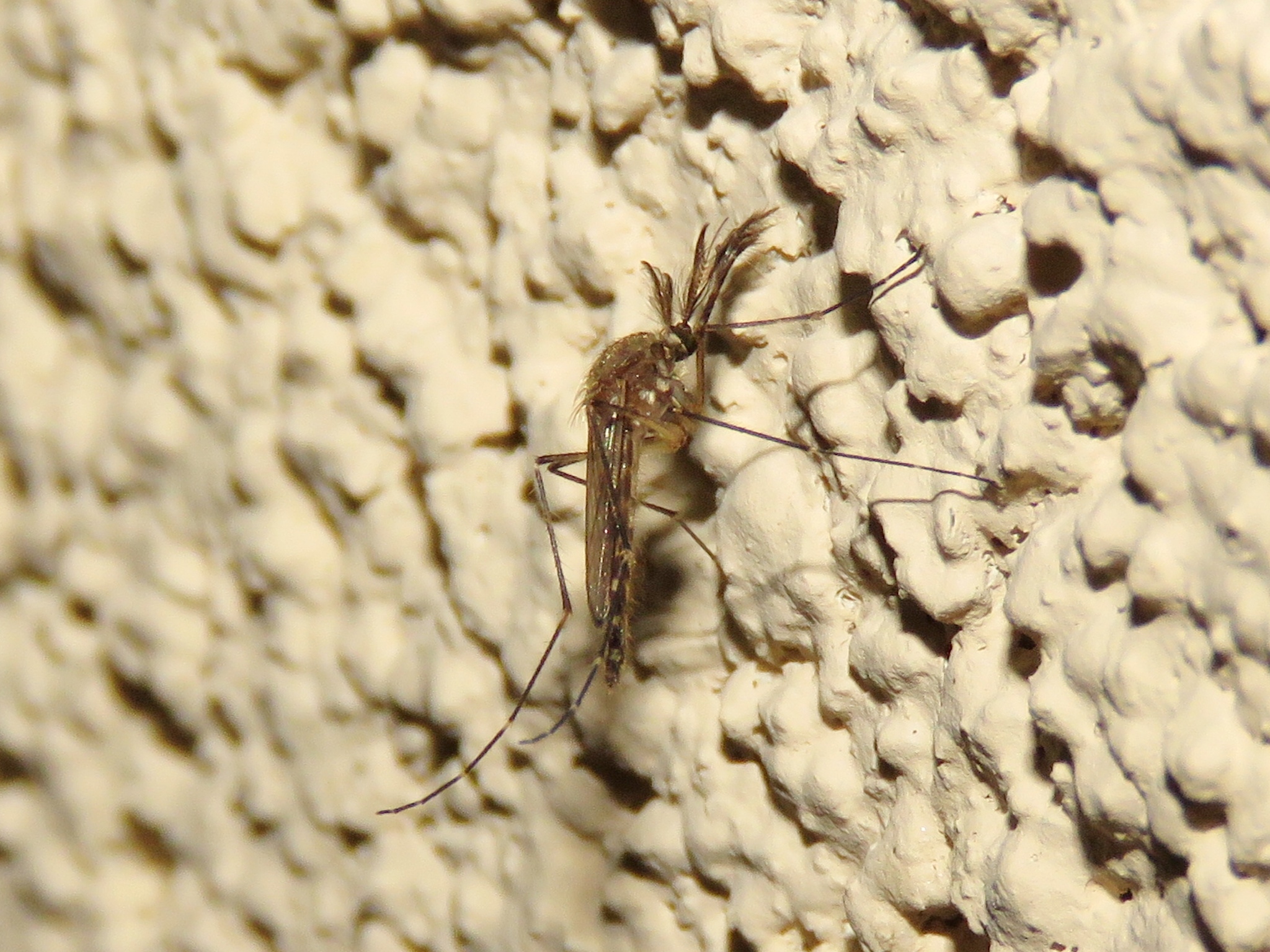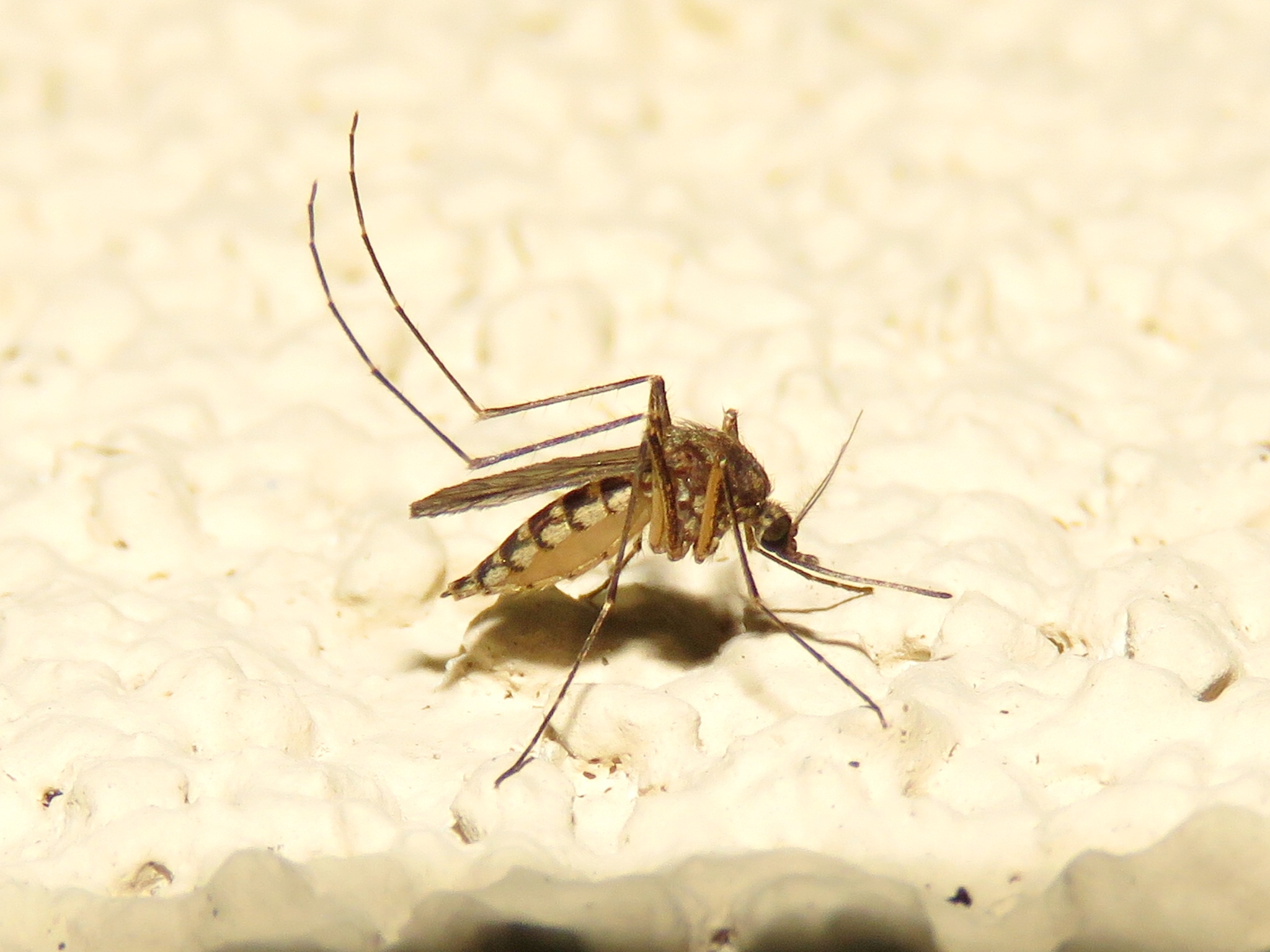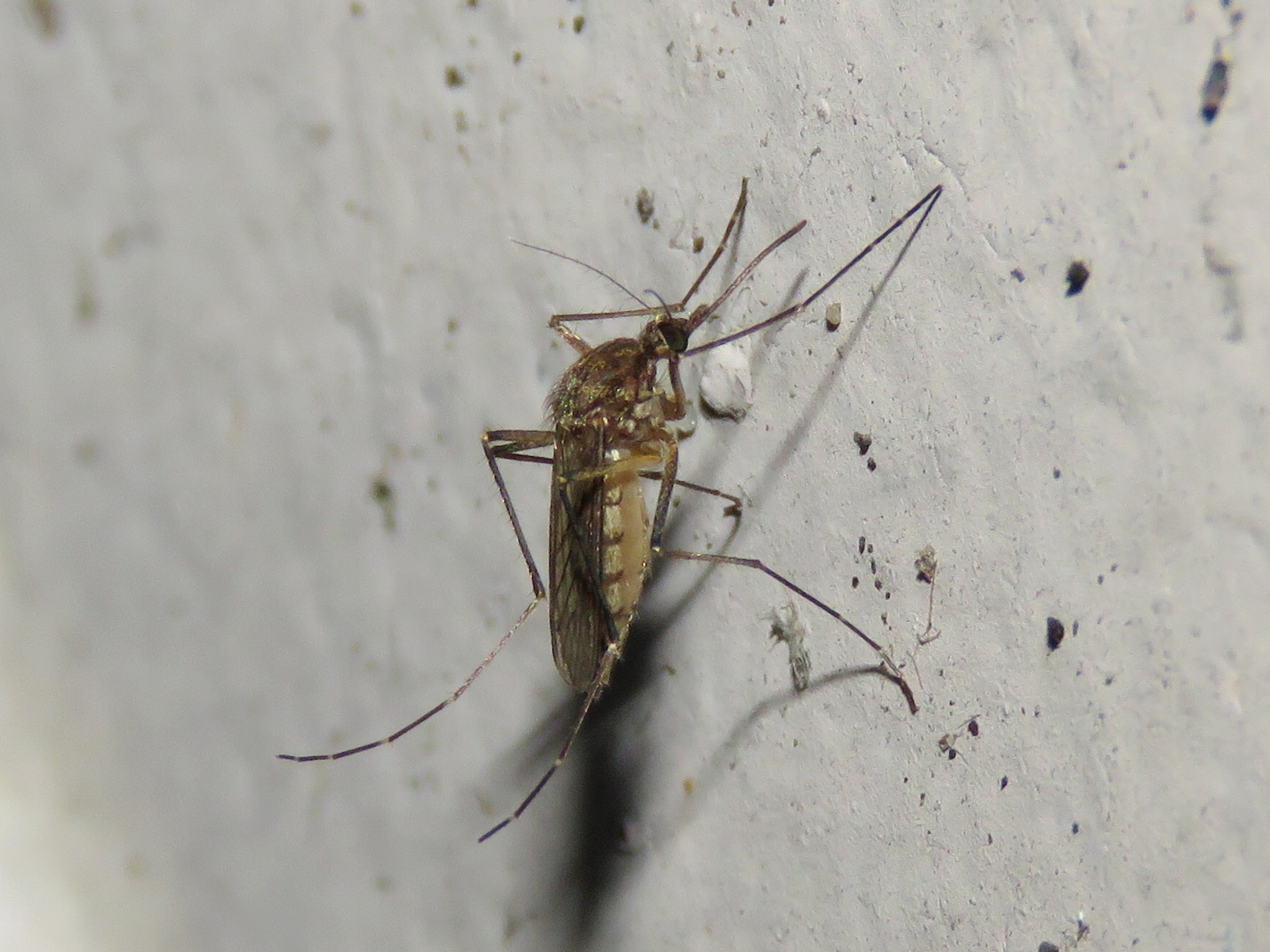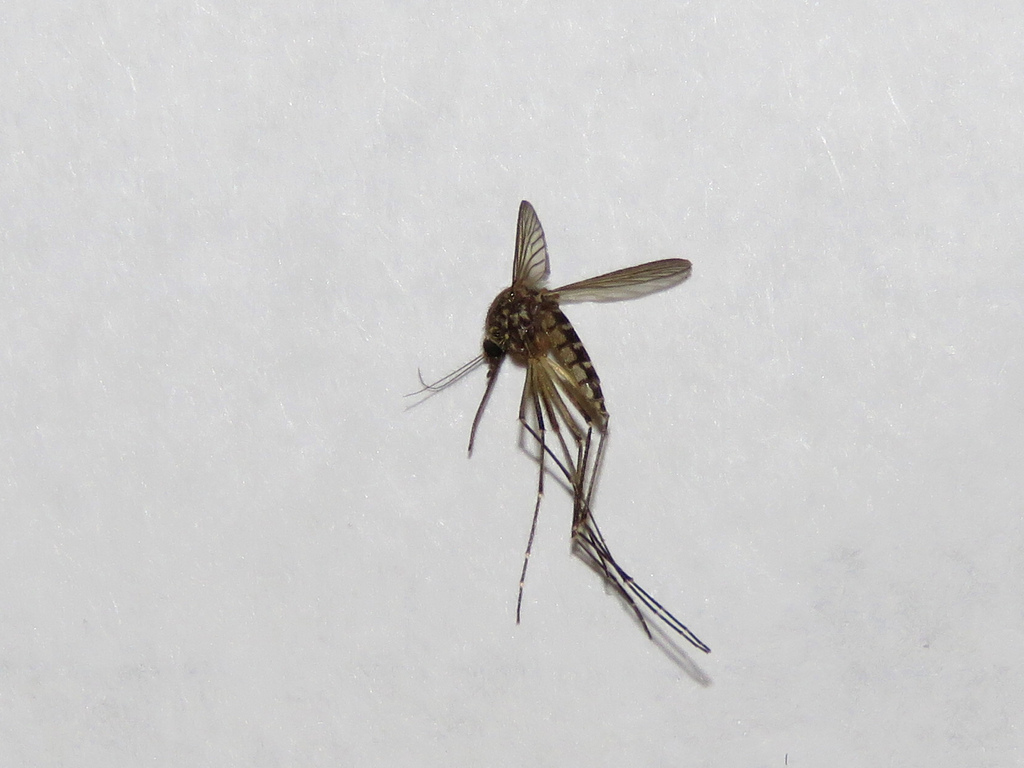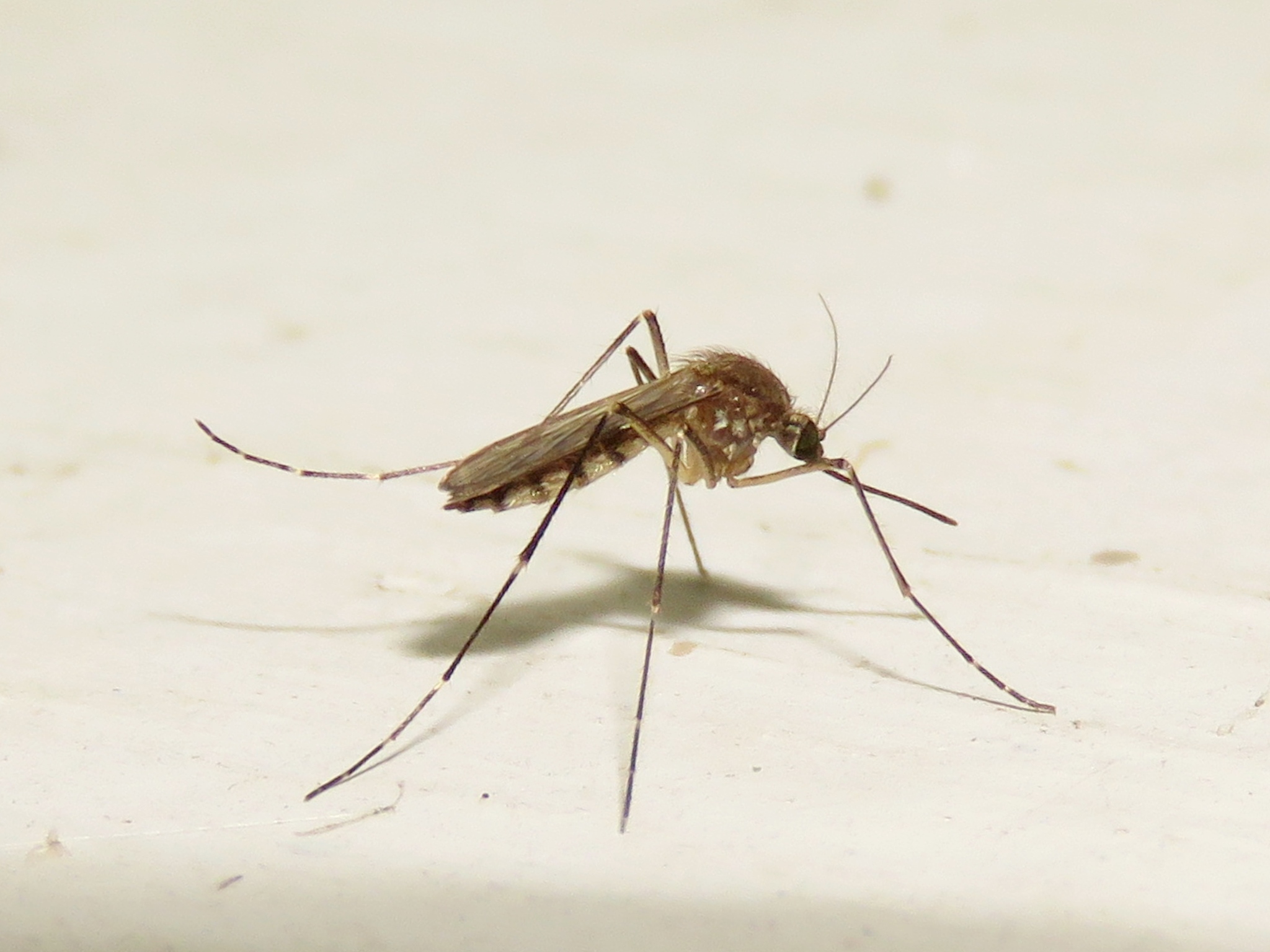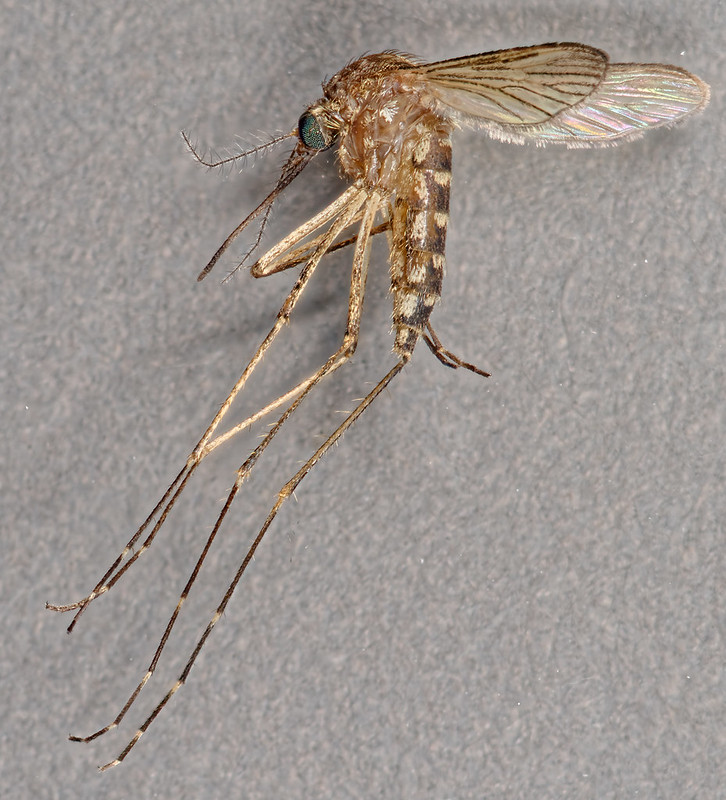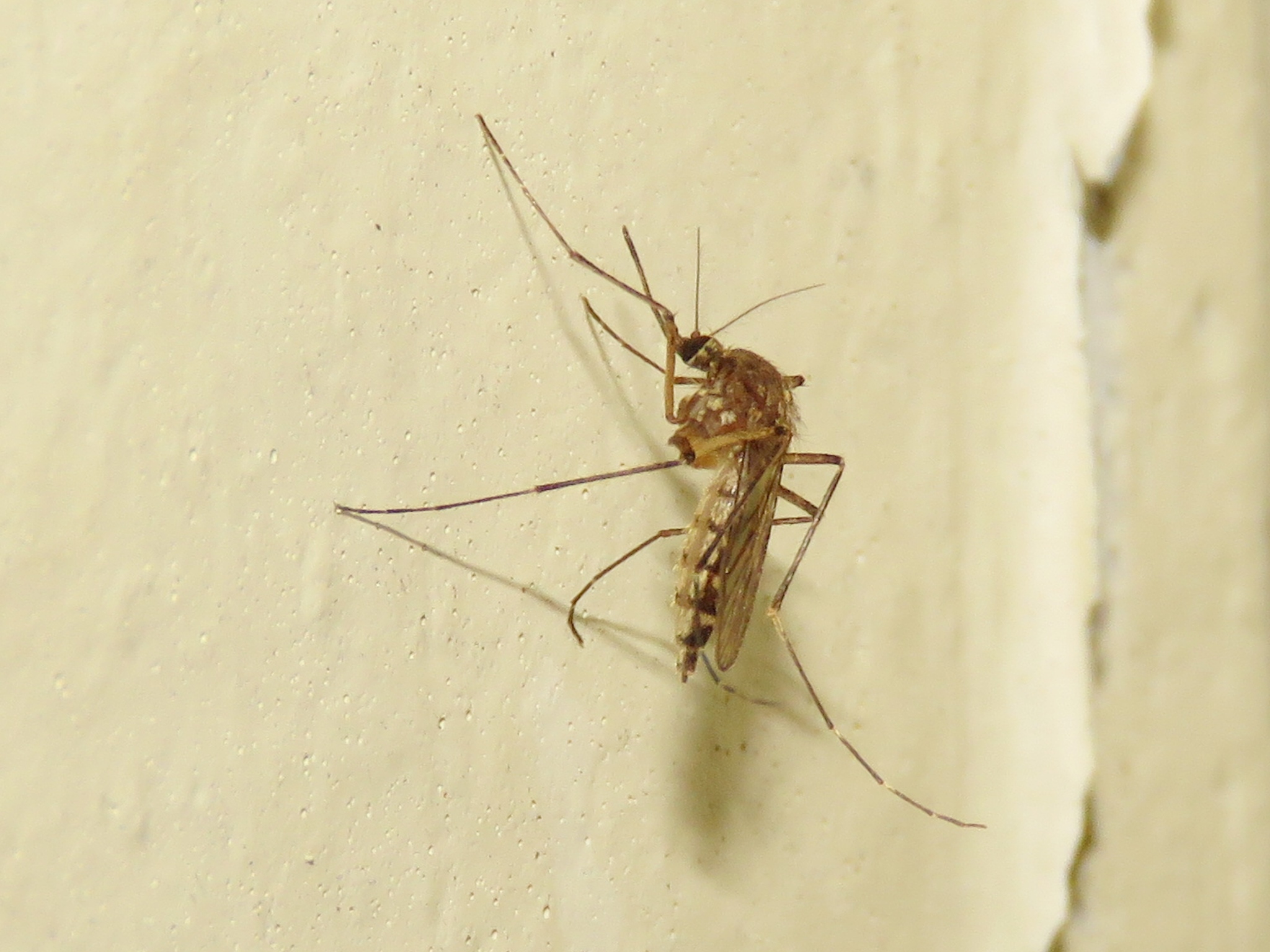Map Snapshot










39 Records
Description
Abdominal patterning is very helpful in determining this species. Notice how the white bands are constricted towards the middle. (J. Emm, pers. comm.)
Seasonality Snapshot
Source: Wikipedia
This article includes a list of general references, but it lacks sufficient corresponding inline citations. (July 2011) |
| Aedes vexans | |
|---|---|

| |
| Scientific classification | |
| Domain: | Eukaryota |
| Kingdom: | Animalia |
| Phylum: | Arthropoda |
| Class: | Insecta |
| Order: | Diptera |
| Family: | Culicidae |
| Genus: | Aedes |
| Subgenus: | Aedimorphus |
| Species: | A. vexans
|
| Binomial name | |
| Aedes vexans (Meigen), 1830
| |
Aedes vexans, the inland floodwater mosquito or tomguito, is a cosmopolitan and common pest mosquito.
Description
[edit]The adult female has a bandless proboscis, short, brown scales on the scutum, and B-shaped (when viewed from the side) markings on each abdominal tergite. Only the female takes blood meals, preferring humans and cattle. Males feed on nectar, honeydew, and sap, on which females also feed, although rarely. They are usually found in association with grassy pools, partially shaded woodland pools, roadside ditches, and cultivated fields.[1]
Lifecycle
[edit]After taking a blood meal, the female lays her eggs in areas that readily flood, where they hatch when inundated. Larvae are found from April through September and adults from May through October in their central range.[1]
Medical importance
[edit]Aedes vexans is a known vector of Dirofilaria immitis (dog heartworm), myxomatosis (a deadly rabbit viral disease), and Tahyna virus, a seldom-diagnosed Bunyaviridae virus, which affects humans in Europe, causing a fever which disappears after 2 days, but afterward can cause encephalitis or meningitis. A. vexans is the most common mosquito in Europe, often comprising more than 80% the European mosquito community. Its abundance depends upon availability of floodwater pools. In summer, up to 8,000 mosquitoes can be collected per trap per night.[2] A. vexans exhibited significantly higher transmission rates of Zika virus than A. aegypti, and its wide geographic distribution, periodic extreme abundance, and aggressive human biting behavior increase its potential to serve as a Zika virus vector in northern latitudes outside the range of the primary vectors A. aegypti and A. albopictus.[3] In addition to several medically important viruses Aedes vexans mosquitoes have also been shown to harbour the insect-specific flavivirus Chaoyang virus[4] and insect-specific Aedes vexans Iflavirus.[5]
References
[edit]- ^ a b "Species Aedes vexans - Inland Floodwater Mosquito". BugGuide.
- ^ "Mosquito of the Month: Aedes vexans - the Inland Floodwater Mosquito". Vector Disease Control International. 30 June 2016. Retrieved 1 February 2017.
- ^ Kyle L. O’Donnell, Mckenzie A. Bixby, Kelsey J. Morin, David S. Bradley, and Jefferson A. Vaughan. 2017. Potential of a Northern Population of Aedes vexans (Diptera: Culicidae) to Transmit Zika Virus. Journal of Medical Entomology, 2017, 1–6; doi: 10.1093/jme/tjx087.
- ^ Lee JS, Grubaugh ND, Kondig JP, Turell MJ, Kim HC, Klein TA; et al. (2013). "Isolation and genomic characterization of Chaoyang virus strain ROK144 from Aedes vexans nipponii from the Republic of Korea". Virology. 435 (2): 220–4. doi:10.1016/j.virol.2012.10.020. PMID 23127596.
{{cite journal}}: CS1 maint: multiple names: authors list (link) - ^ Parry R, Naccache F, Ndiaye EH, Fall G, Castelli I, Lühken R; et al. (2020). "Identification and RNAi Profile of a Novel Iflavirus Infecting Senegalese Aedes vexans arabiensis Mosquitoes". Viruses. 12 (4): 440. doi:10.3390/v12040440. PMC 7232509. PMID 32295109.
{{cite journal}}: CS1 maint: multiple names: authors list (link)


